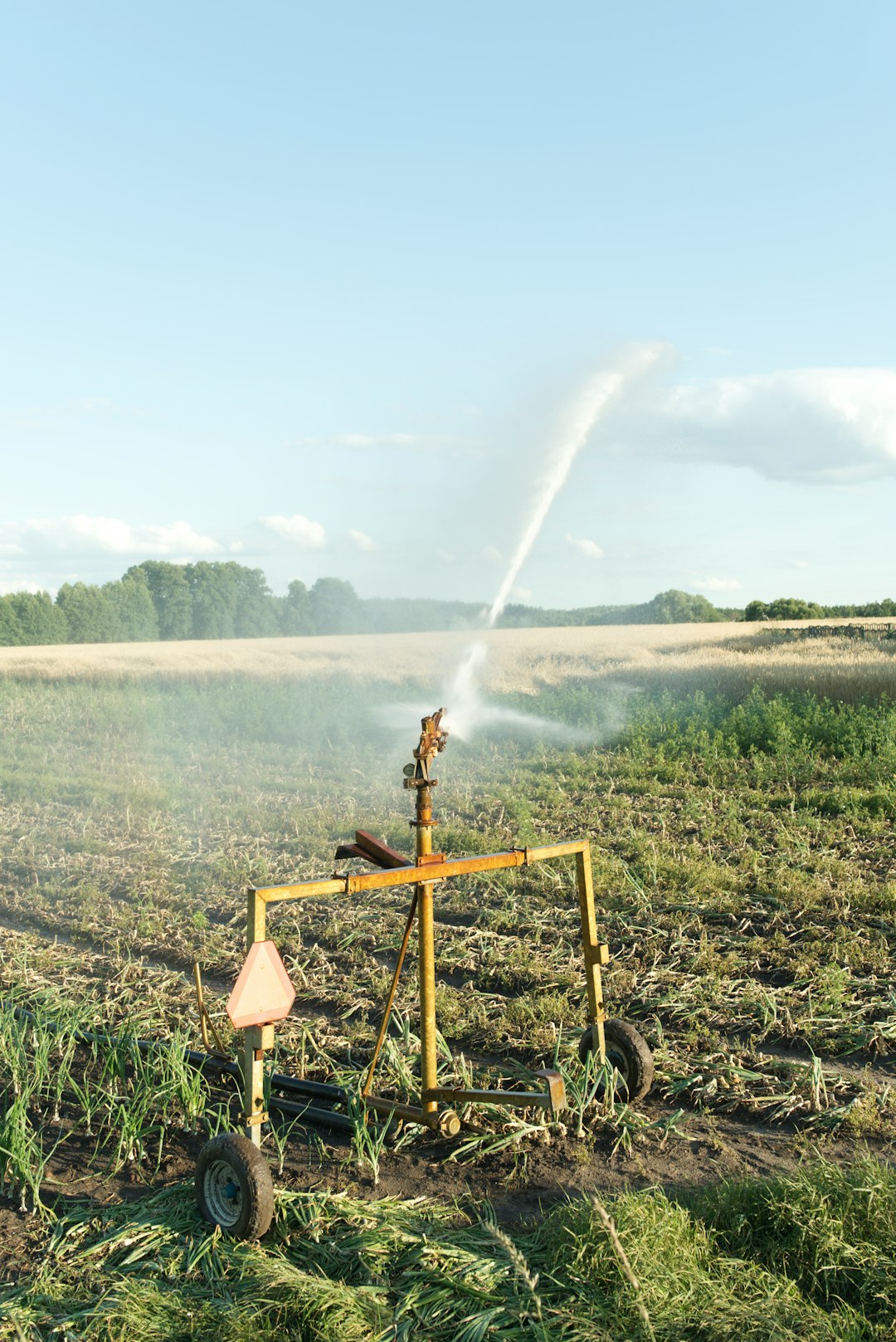Sidenote: I wrote quite a lot on this topic, and rather than expect anybody to read it all in one sitting, I’ll just release it in two parts. Part 2 will be out next Thursday.
Sections:
1) Introduction - The History of Different Sources of Energy
2) Fossil Fuels
3) Development of the Oil Market
4) Types of Oil
5) American Shale Basins
6) Rest of the World’s Shale Basins
Introduction
Hunter-gatherers observed energy production in many aspects of their lives. In fact, their lives revolved around access to energy to survive. This started with biomass through burning wood, animal dung and other materials.
Fire produces heat and light energy to cook food. The movement of water produced kinetic energy that moved machinery that started to improve the efficiency and effectiveness of humanity, especially in agriculture through grinding grains and operating irrigation systems.

Windmills emerge in the 9th century to grind grains and pump water, among other reasons. So if wind power has existed since the 9th century, why are we returning to it now? More on that later!
The realisation that energy transfer from one source to another was occurring took us to the 17th and 18th centuries. The idea of the conservation of energy, that it can’t be created and destroyed and is only transferred became a revolutionary framework upon which much of the industrial revolution and future innovation in energy have been built.
Keep reading with a 7-day free trial
Subscribe to Geopolitics Explained to keep reading this post and get 7 days of free access to the full post archives.


